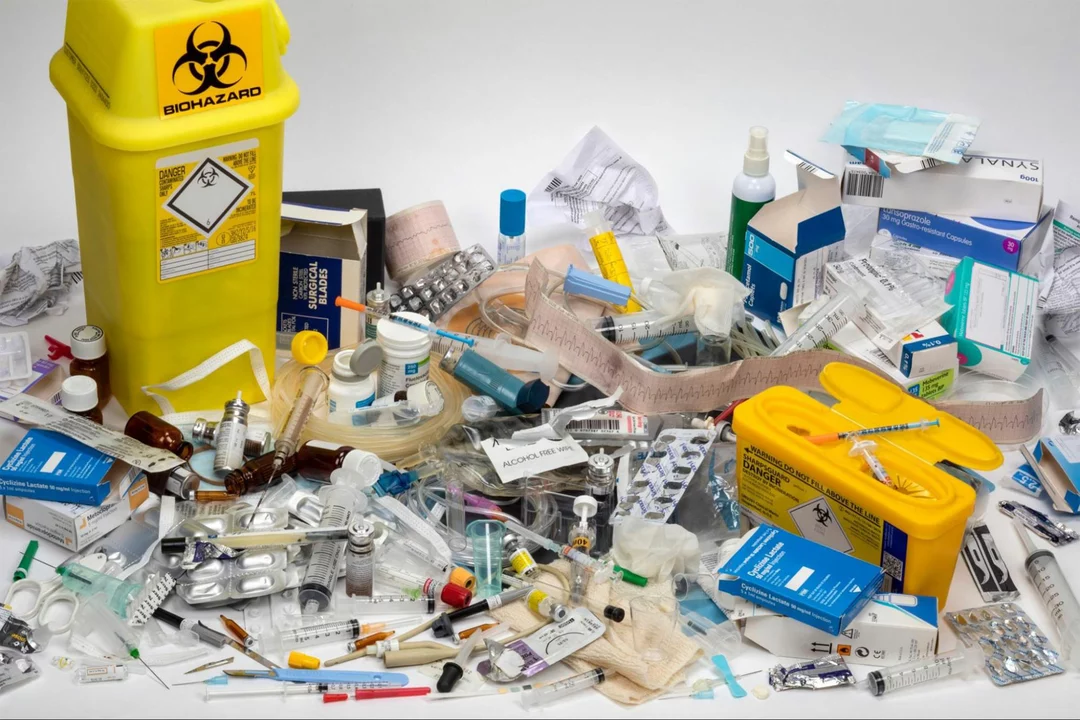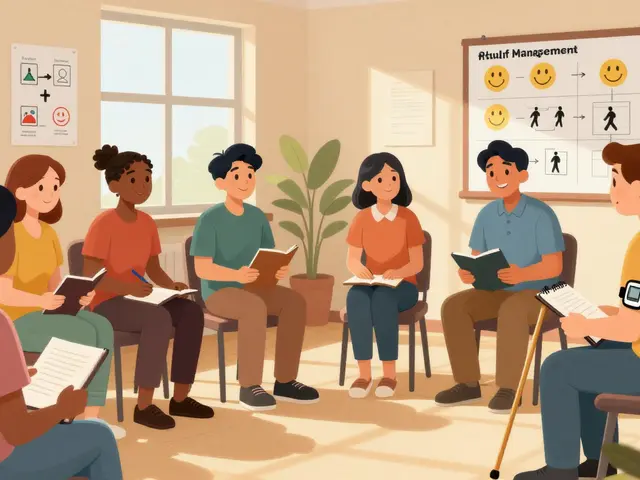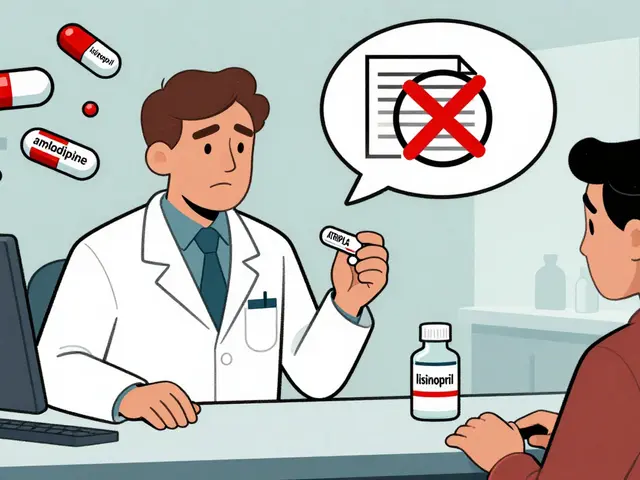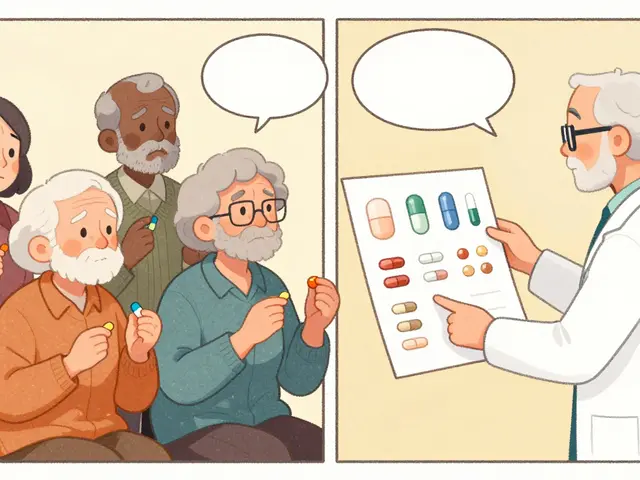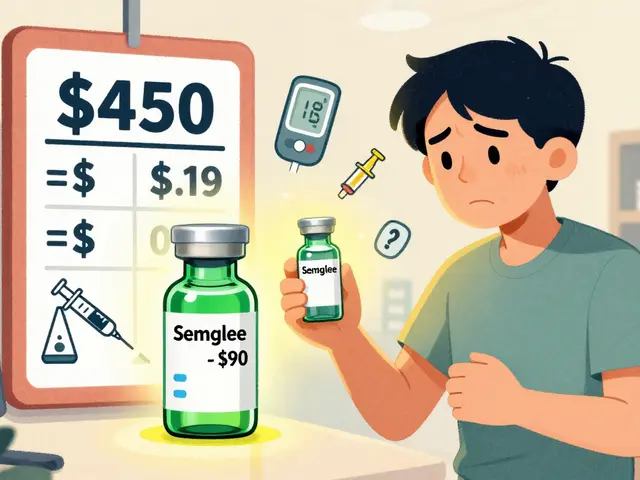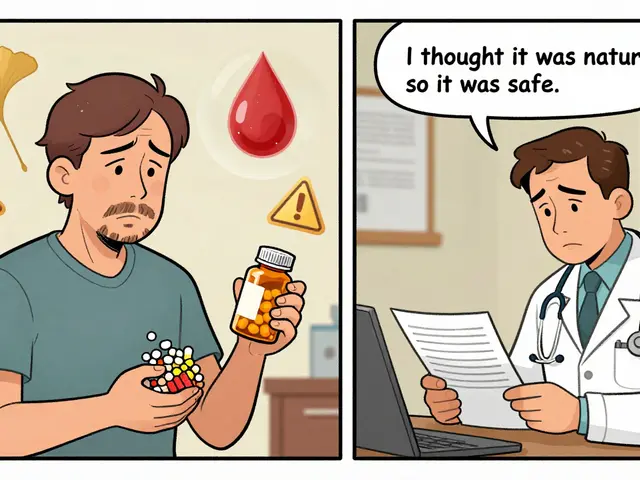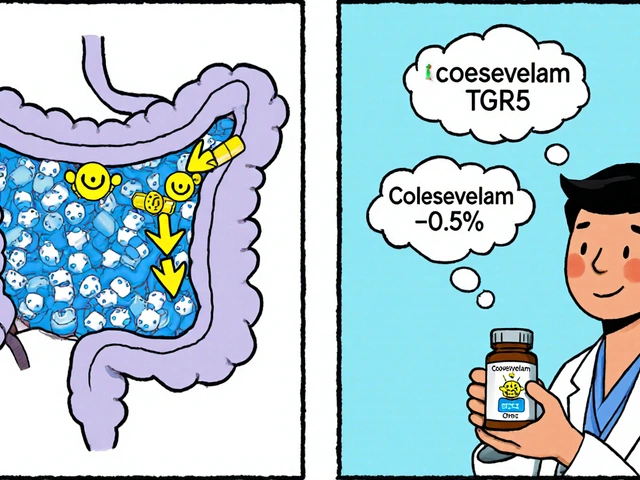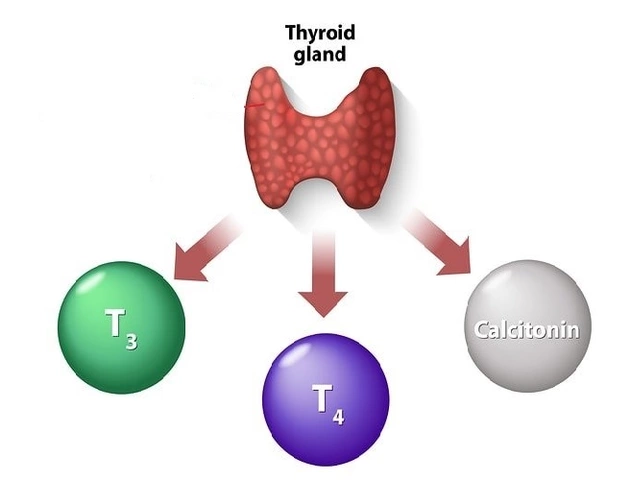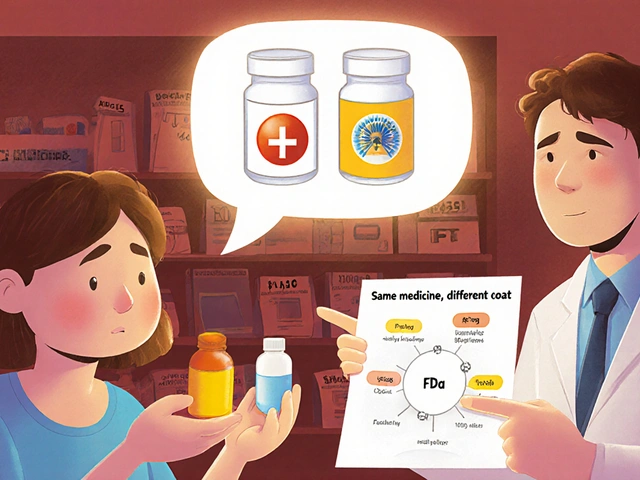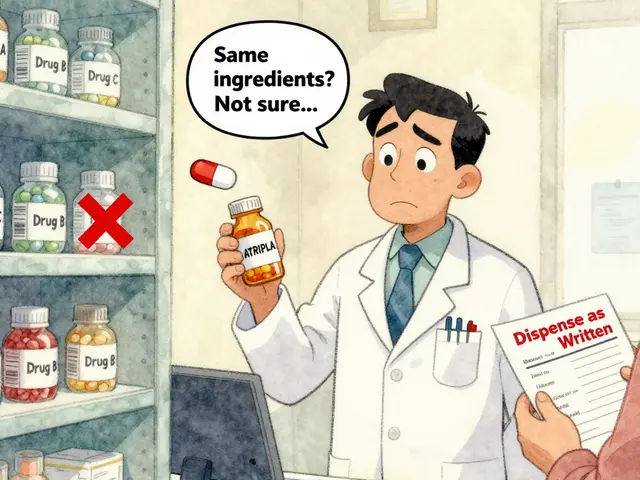Medication Disposal: How to Safely Throw Out Unused Drugs
If you’ve got pills, syrups, or creams that are past their prime, you probably wonder where they should go. Tossing them in the trash can harm the environment and even put strangers at risk. The good news? You don’t need a PhD to dispose of meds correctly—just follow a few simple steps.
Why Proper Disposal Matters
First off, leftover medicines can leach into groundwater when they end up in landfills. That’s not just bad for fish; it can affect the drinking water you use at home. Secondly, expired or unused drugs sitting on a kitchen counter are an open invitation for kids or pets to get curious and potentially ingest them. Lastly, many pharmacies and local governments have rules about how drug waste should be handled, so doing it right keeps you out of legal trouble.
Best Methods for Disposing Medications
Take‑back programs: Most big pharmacy chains run periodic take‑back events where you can drop off any type of medication for free. Some even have locked boxes outside the store that accept drops anytime. This is the safest route because professionals handle the waste.
Mail‑in disposal kits: If you can’t make it to a pharmacy, look for mail‑back services online. They send you a pre‑paid envelope; you pack your meds, seal it, and ship it back. The company then destroys the drugs securely.
Mix with unappealing substances: When no take‑back option is available, you can render pills unusable at home. Scramble them into a cup of coffee grounds or cat litter, put the mixture in a sealed bag, and toss it in the trash. This makes the meds too gross to be recovered.
Avoid flushing: Some older guidelines said it’s okay to flush certain opioids, but most experts now advise against it because wastewater treatment plants aren’t designed to filter chemicals. Only flush drugs if the label explicitly says it’s safe.
Before you start, check your local health department’s website for any specific rules—some places require that you destroy pills in a particular way or use only approved containers. If you’re unsure, call the pharmacy; they’ll point you to the nearest drop‑off spot.
Remember, the goal isn’t just to get rid of meds—it’s to keep families safe and protect our planet. A few minutes of effort now can prevent accidental poisonings and reduce pharmaceutical pollution for years to come.

